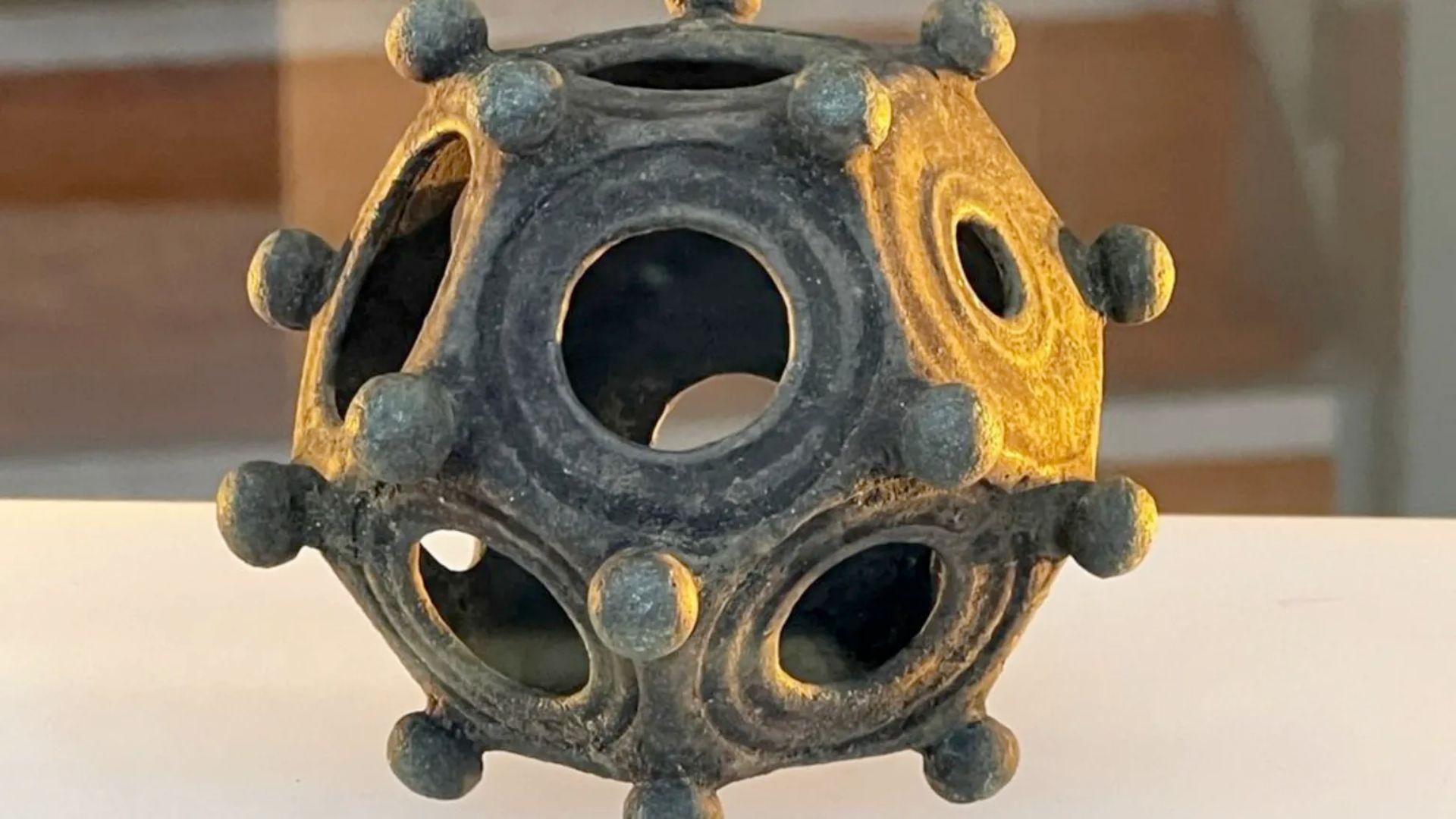A group of amateur archaeologists have recently discovered a mysterious 12-sided object… and no one knows what it is.
This intriguing 12-sided object made of metal is called a dodecahedron. Perhaps most interestingly, experts are completely perplexed as to what the purpose of this fascinating ancient dodecahedron was.
Where Was the Dodecahedron Found?

The mysterious dodecahedron was found in an area of England called Norton Disney in Lincolnshire. (And, yes, Walt Disney’s ancestors hailed from Norton Disney.) The village is about 100 miles north of London.
An amateur team from the Norton Disney History and Archaeology Group have recently been excavating an interesting site that, 2000 to 1,700 years ago, was once a Roman villa.
An Interesting Find by Amateur Archeologists
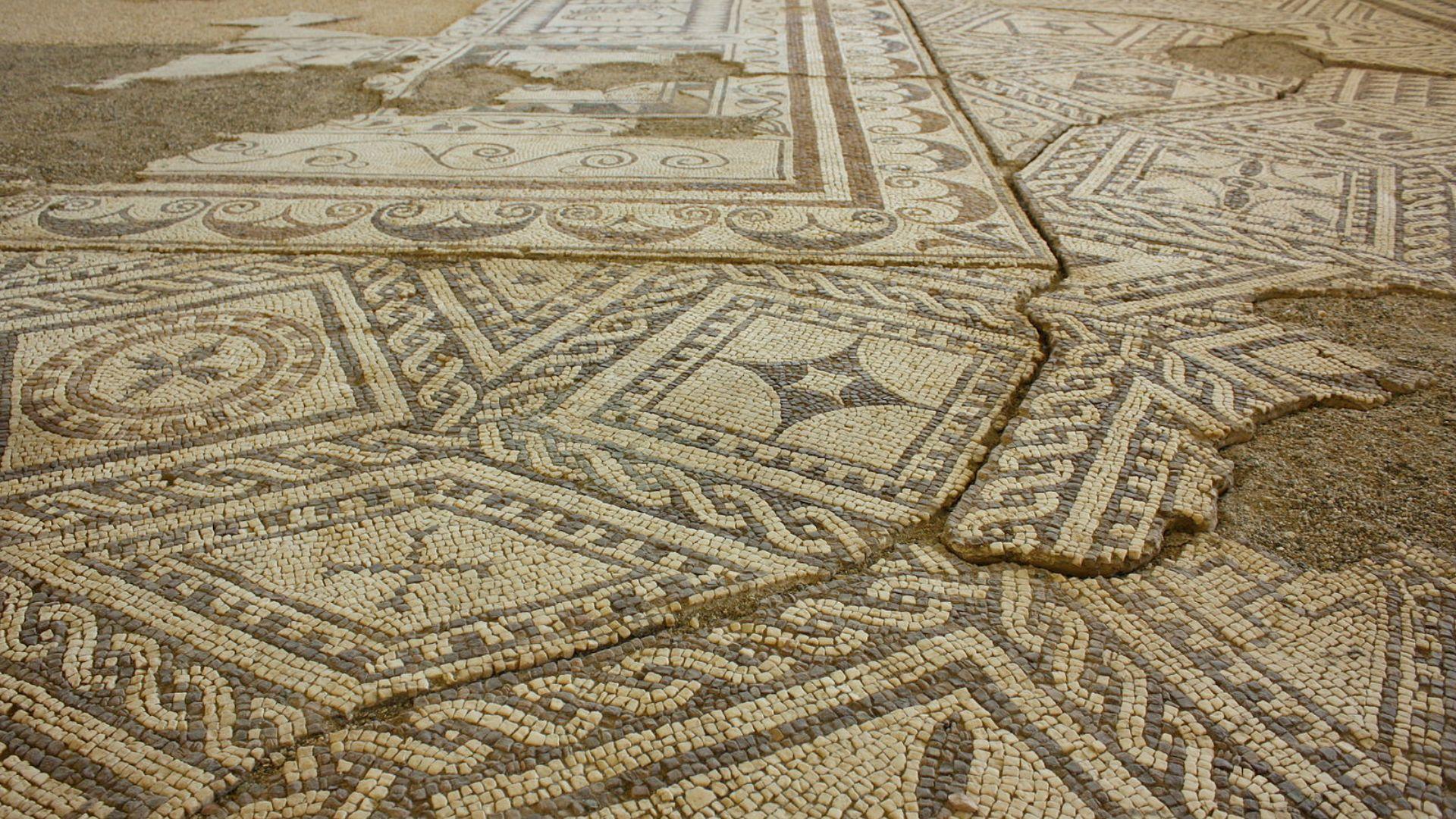
Until the interesting find, the team’s excavations resulted in the discovery of a bathhouse, a gatehouse, and ancient tiled mosaic floors.
Other objects that were found by the amateur archeologists included masonry, some animal bones, and quite a lot of pottery. That was until Richard Watts, one of the archeologist volunteers, found a mysterious dodecahedron-shaped object.
A Strange Object
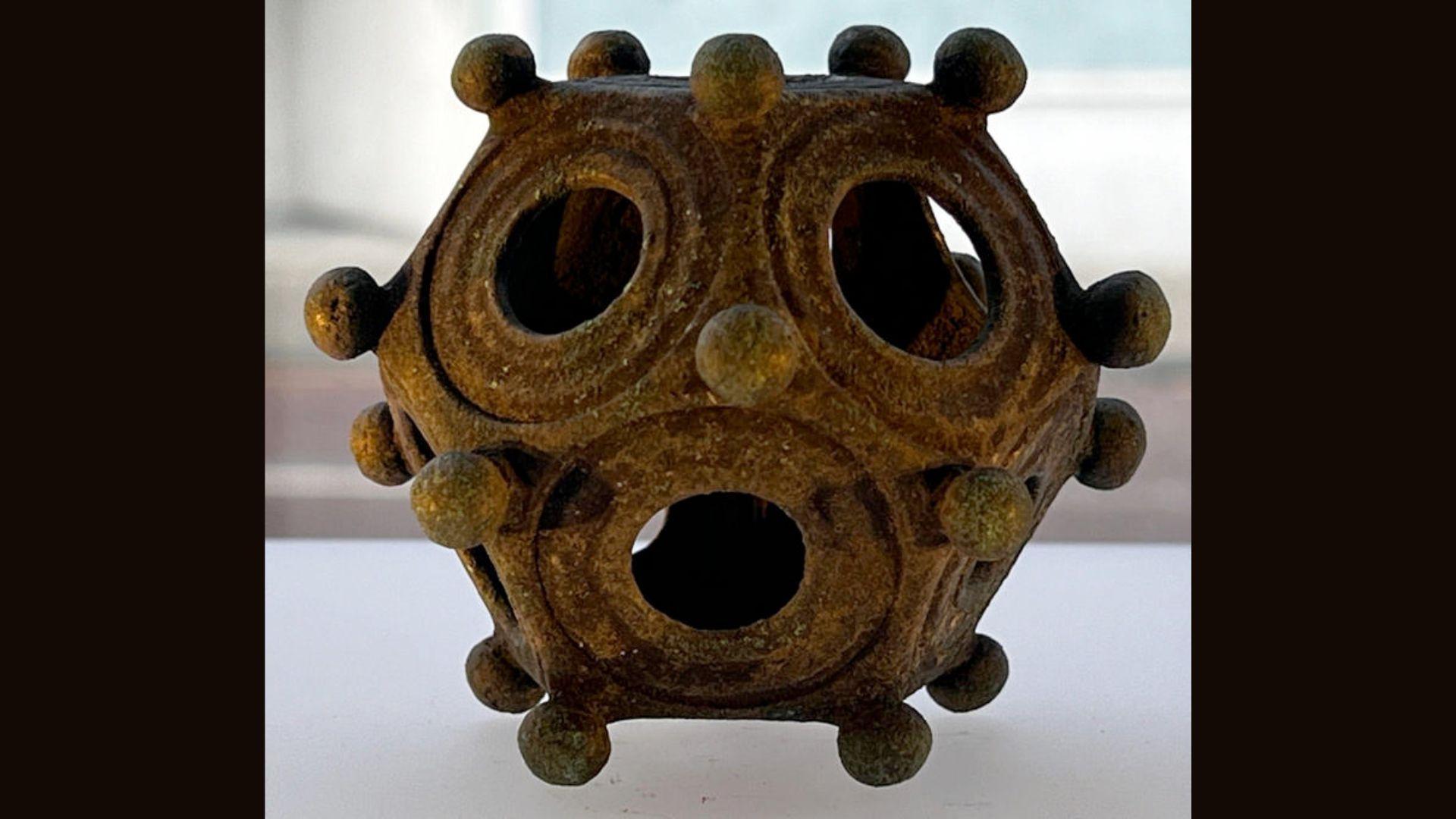
The dodecahedron object is 12-sided and rather small—about the size of a softball. It is hollow, covered in small knobs, and has a different-sized hole in each of its sides.
Rob Evershed, a member of the group, recognized this mysterious object as a Roman dodecahedron. Richard Parker, the group’s secretary, recalled, “We realized we’d found something really quite significant pretty quickly.”
Similar Discovered Dodecahedrons
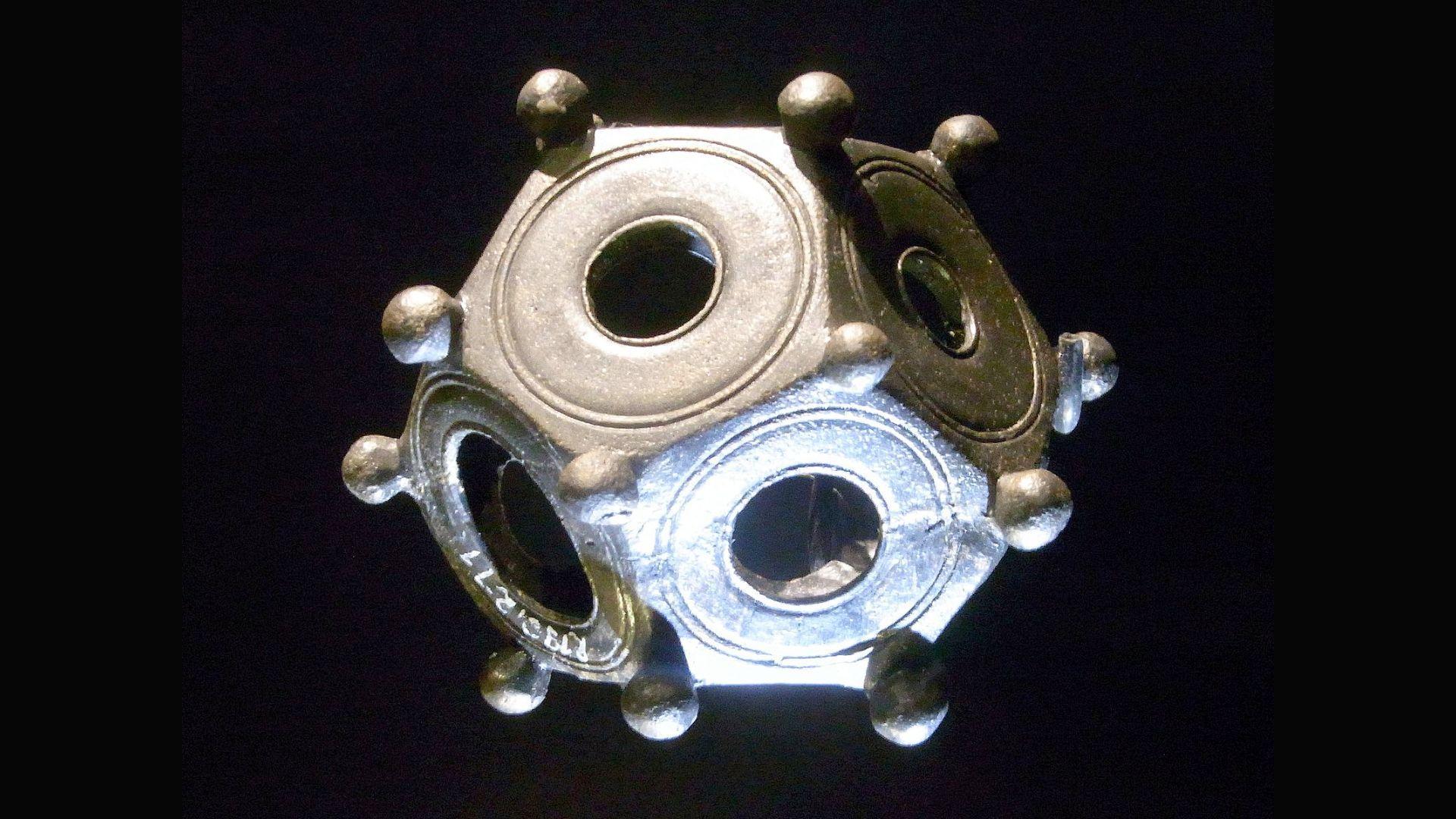
Other objects similar to the Norton Disney find have been discovered before. About 130 of these strange and ancient dodecahedrons have been found.
The first known discovery of one of these dodecahedrons was in 1739 in Hertfordshire, England. This latest one found by Richard Watts is the first dodecahedron ever discovered in England’s Midlands region.
Trying to Understand Their Purpose

No one is quite sure what the purpose of these dodecahedrons was. Additionally, Frances McIntosh—an archaeologist with English Heritage who specializes in Roman artifacts—explained that “the fact that many of them were found before scientific excavation started in the 20th century does hinder our understanding of them.”
Often, ones that were found before the 20th century do not have detailed records of their excavation sites. The dodecahedrons do not have an obvious function and they also come in a variety of sizes, which just adds further confusion about their purpose.
No Location Hints
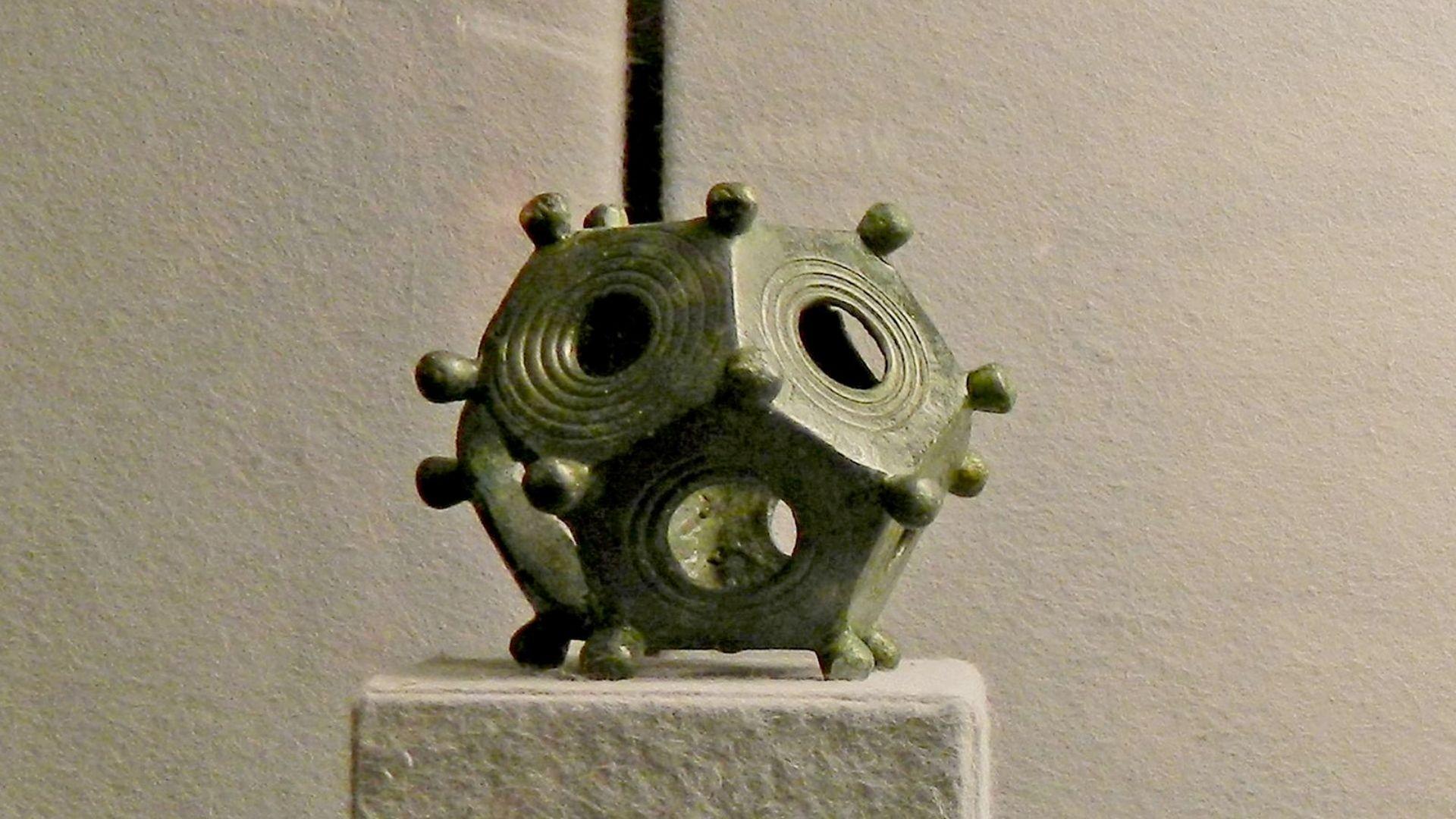
McIntosh said that the dodecahedrons “have been found in all sorts of places,” including military camps, public baths, a theater, a temple, and a tomb. The dodecahedrons have appeared in many places which were once northwestern provinces of the Roman Empire.
Roman dodecahedrons have been discovered in modern-day Great Britain, France, Germany, Belgium, Croatia, Hungary, Luxembourg, Switzerland, and the Netherlands. Notably, they have not been found at the heart of the ancient Roman empire—in Italy, Spain, Africa, or Turkey. This regionality only adds to the mystery of the dodecahedrons.
A Time-Keeping or Space-Viewing Device?

The BBC recently held a creative brainstorming discussion about possible purposes of the dodecahedron. One plausible idea was that it was some kind of time-keeping object. Paula Dhugga suggested that the 12 faces could represent the 12 months, and the different face designs could represent the differences between the months. Steve Hill agreed it could be a time-keeping device and joked that a dodecahedron would be “much more convenient than lugging Stonehenge around with you.”
Dr. Jonathan Foyle, an architectural historian and broadcaster, believes that the found dodecahedron is, similar to time-keeping device, “a device for framing the constellations of the zodiac.” He explained, “If you look through [a dodecahedron], you can frame a view.” Additionally, a dodecahedron found in Switzerland in 1982 listed the names of the zodiac on each of the faces.
A Toy? Something Else?

There have been many more suggestions as to what the purpose of the dodecahedron could be—some of them more plausible than others. David Hawley suggested it might have been some sort of game dice, with the different sized holes denoting a different number. Lee Hartfield thought it could have been some form of puzzle where the player had to align the a different object with the correct-sized hole.
Other suggestions include it being some kind of measuring device, a fishing weight, a math-teaching device, a glove-making or knitting device, a candle-holder, some significant religious item, or just some kind of home decoration.
Expert Craftsmanship

Whatever the purpose of the dodecahedron actually was, they were expertly crafted. An analysis of the material found in the Norton Disney object found it was 75% copper, 18% lead, and 7% tin. Parker said that “the composition is fairly unusual… Having such a high lead content, it would’ve required a lot of skill to pour this particular alloy into the mold because it would’ve been very sticky.”
McIntosh agrees an experienced craftsperson almost certainly made it. “As this is a hollow item, it would have been a very complex process,” she explained. “They would have been expensive items, likely bespoke commissions.”
Alice Robert’s Opinion
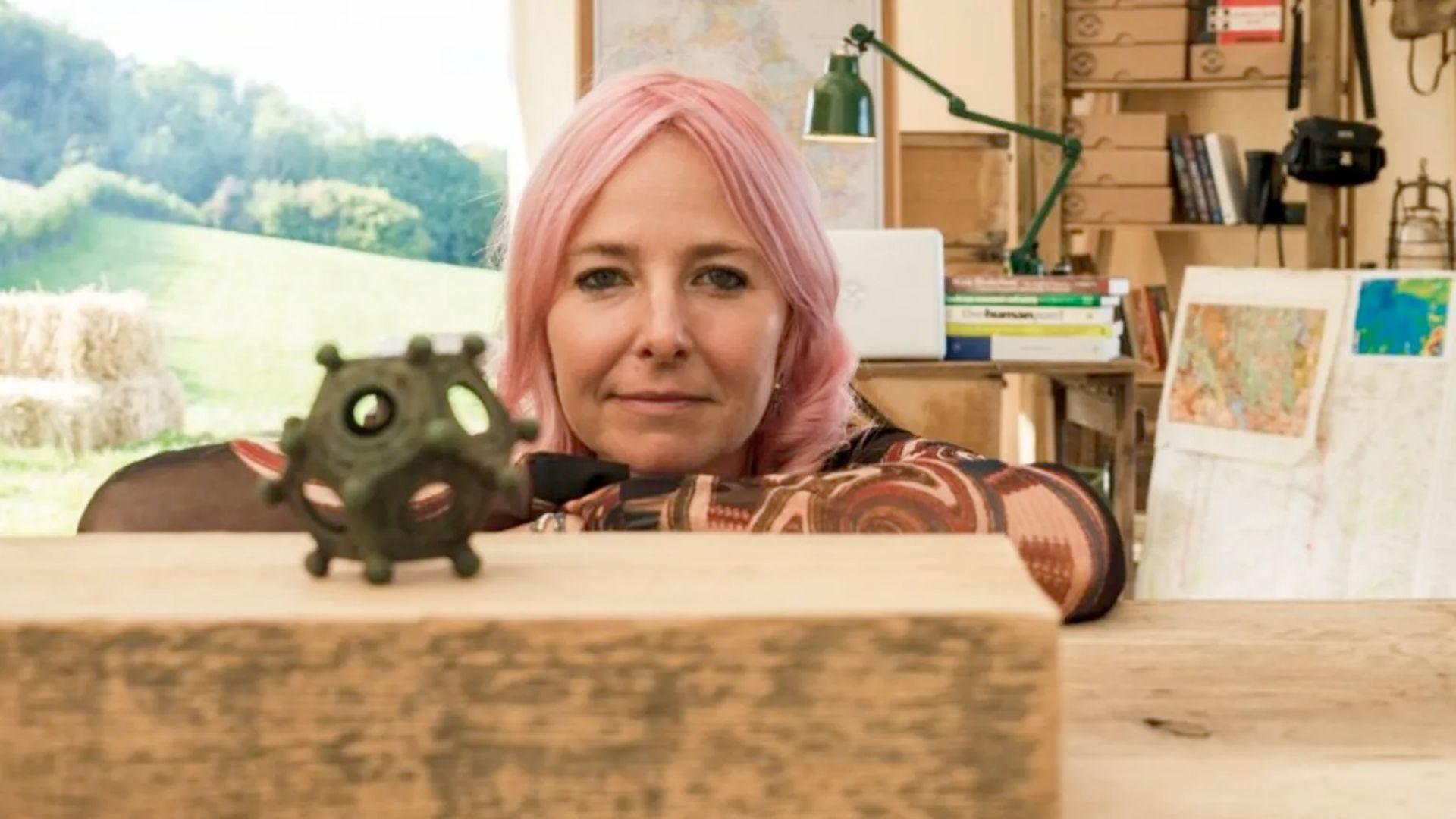
Professor Alice Robert, an archeology expert and the host of the BBC’s television program Digging for Britain, was enamored with this recent mysterious find. The object was recently featured on her show. She said that the dodecahedron “has to be one of the greatest, most mysterious, archaeological objects I’ve ever had the opportunity to look at up close.”
People across the United Kingdom and beyond are extremely interested in and curious about the dodecahedron. Robert added, “There are so many mysteries in archaeology that remain to be solved… The overwhelming range of responses to it from the audience [of Digging for Britain] shows just how these ancient riddles can capture the public imagination.”
Seeing the Object in Person and Further Research
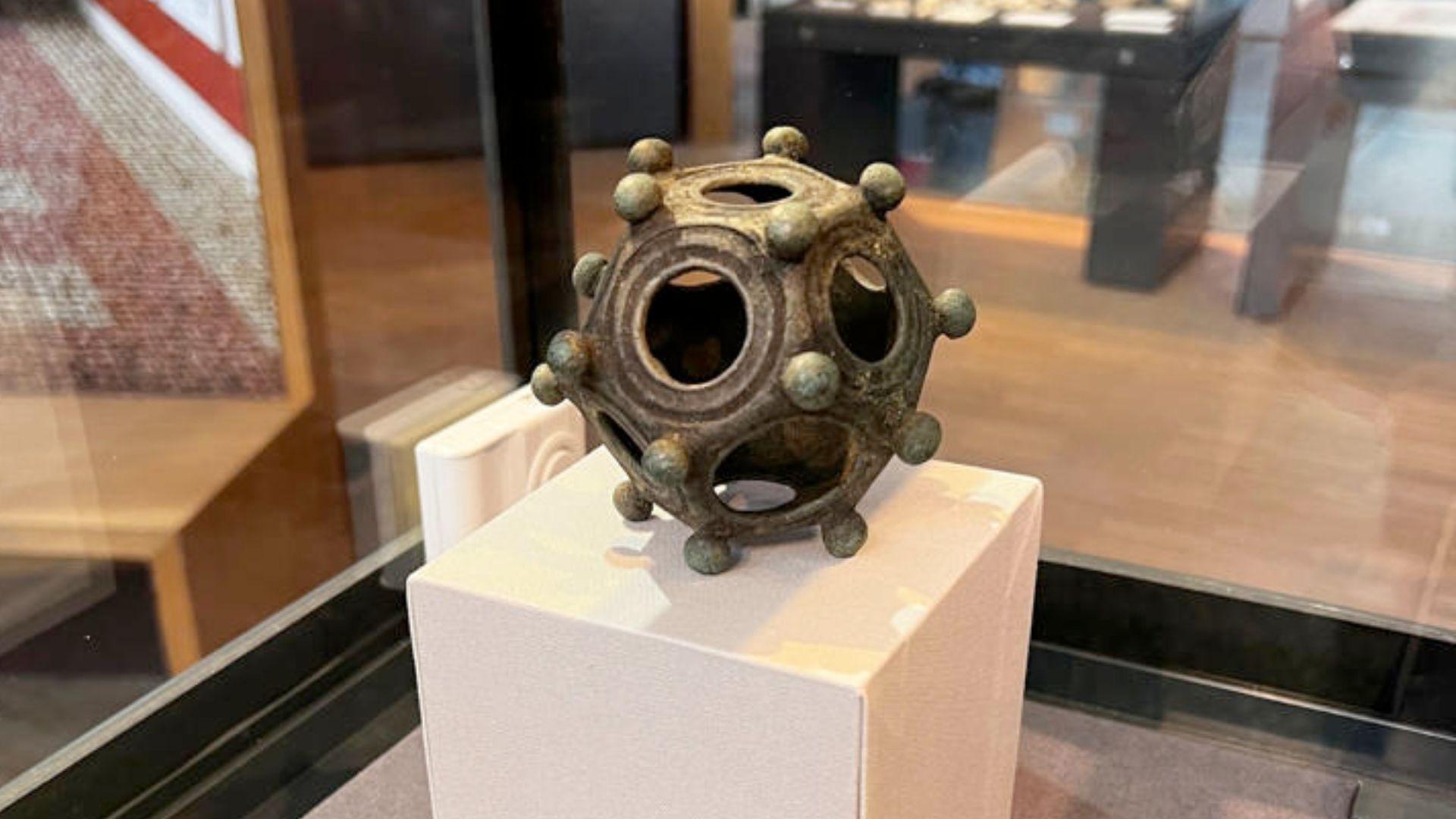
If you would like to see this fascinating ancient dodecahedron in person, the object will be on display at Lincoln Museum in Lincolnshire, England until September.
The mystery surrounding the dodecahedron continues to intrigue both researchers and the general public. The group plans to return to the Norton Disney site this year to look for more interesting ancient objects. New discoveries could lead to new clues regarding the dodecahedron’s significance.

